Also, my theatre and lighting design vernacular might not appear as strong as the next lighting designer, because I’m not able to pick up different words. I’m not able to hear the different vocabulary usage on the job, so that’s something I have to figure out along the way. It took me years to figure out what a cube tap—a three-way Edison plug—was. It’s the small things like that that most people take for granted, things I had to learn and pick up through trial and error. There’s also the fear of being perceived as stupid when you don’t know the vernacular.
So yes, the headset thing does bother me. Of course, using headsets saves a lot of time in the communication process in tech rehearsals and shows. I do wonder: When theatres open up post-pandemic, are we still going to have that ten-out-of-twelve rehearsal day? Or will our typical workday length change? Maybe that kind of change will help people like us, and it will give us the time we need to work and design.
Michael: When we get back to making theatre, post pandemic, we will be trying to do it with tighter budgets, fewer people, and less time. We’re going to be in a situation in which it is even more difficult to fight for social justice issues like access for disabled designers.
Annie: Budgets are always a big concern when it comes to people like us. I am forever educating theatre companies how to hire and work with ASL interpreters. I also have to move forward with the fear and uncertainty that I wasn’t hired because it was too expensive, or because my design skills weren’t good enough. I always have those questions in the back of my head, and it doesn’t help my confidence as a designer.
One of my first gigs out of graduate school, the company’s managing director emailed me saying they were paying the interpreters more than they were paying me as a designer. That was definitely an eye-opener. Since then I’ve been trying to find a balance between finding work and my access needs. I have to try to navigate that and walk that fine line.
Everyone benefits from universal design.
Michael: For a wheelchair user, getting from the house to the stage might involve going outside, around to the loading dock or wherever the ramp is, then through the typical backstage maze of elevators, hallways, and narrow doors. Once you get on stage the platform where the actors perform is a number of steps up! It would be comical if it wasn’t so frustrating.
When lighting for folks who can stand, I must position myself to focus the lights from a seated position so that the hot spot is at eye level to the taller folks. Sometimes I can’t get to a place to indicate shutter cuts—to control the shape of the beam of light—with my arms, so I use a laser pointer.
Folks with disabilities are fantastic in the theatre; we have to be creative, innovative, and adaptable just to get through the day. We are not living in an equitable world.
Annie: Yes, we’re not there yet; we need different kinds of adaptations. I have my hacks with focusing the lights too. Most of us in the lighting field feel like naturally we want to yell at each other during a focus session and we don’t have to do that. I typically ask electricians to either flag the light—wave their hand in front of the light beam—or pull the shutters in and out to let me know that the instrument is locked. Another workaround is when I intentionally skip certain words on the headset due to my accent—for instance, my accent makes specific numbers like the fifties and sixties harder to decipher. This way, I can work with my light board programmer more efficiently.
Michael: Often the responsibility does fall to us to point out the problem and find the solution.
Annie: Yes! As a Deaf designer, I always dislike it when a design run and focus or tech rehearsal are scheduled on the same day. All the information I receive is through my eyes. I don’t have the ability to filter information through my ears like hearing designers, so the design run is already tiring for me because I’m trying to document everything and remember all the details. And then I have to go and focus for eight hours after that, or start a tech rehearsal. So I’m just completely worn out at the end of the day.
Michael: An 8 a.m. to 6 p.m. focus, followed by a 7 p.m. to midnight first tech is a devastating day for anybody, and especially for someone with a disability. Another thing that bothers me is that Equity breaks are only ten minutes. It is not enough time to get to wherever the accessible restroom is, to deal with catheters and what all. Here is another way we can adjust our working methods to be more inclusive and humane.

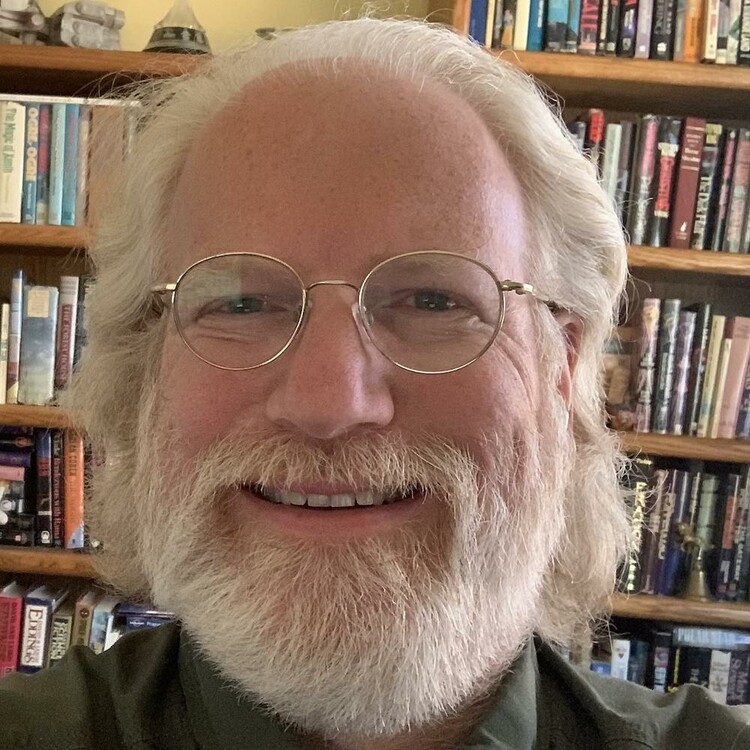
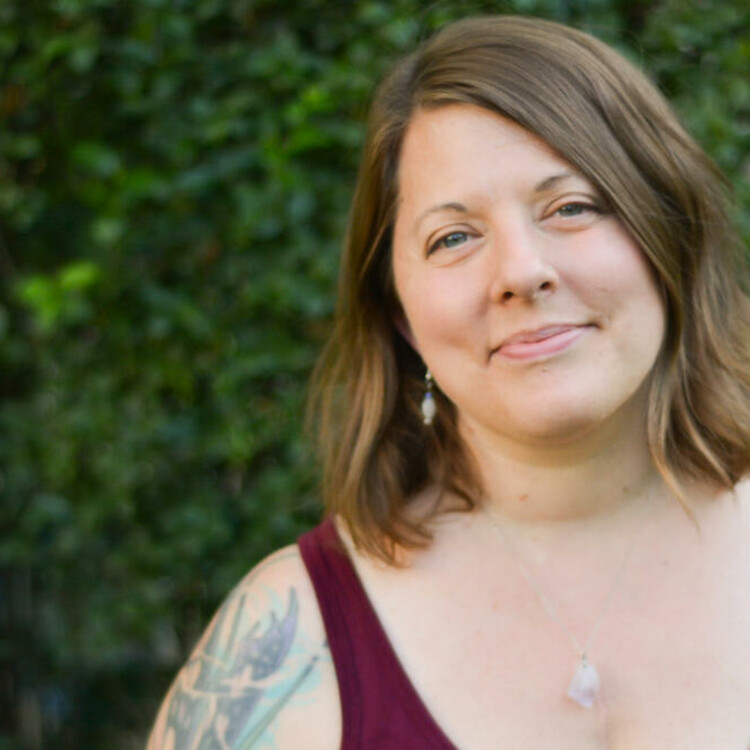
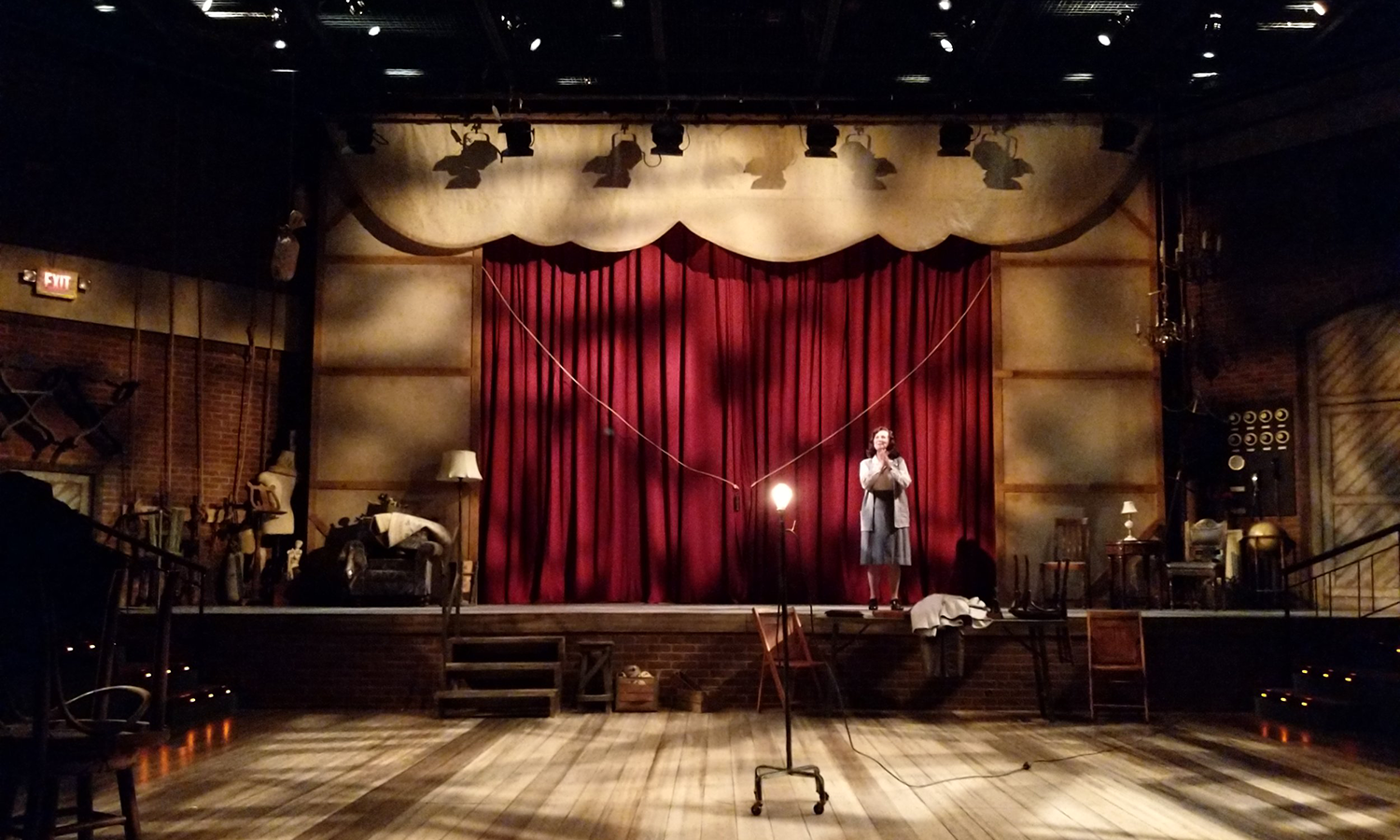
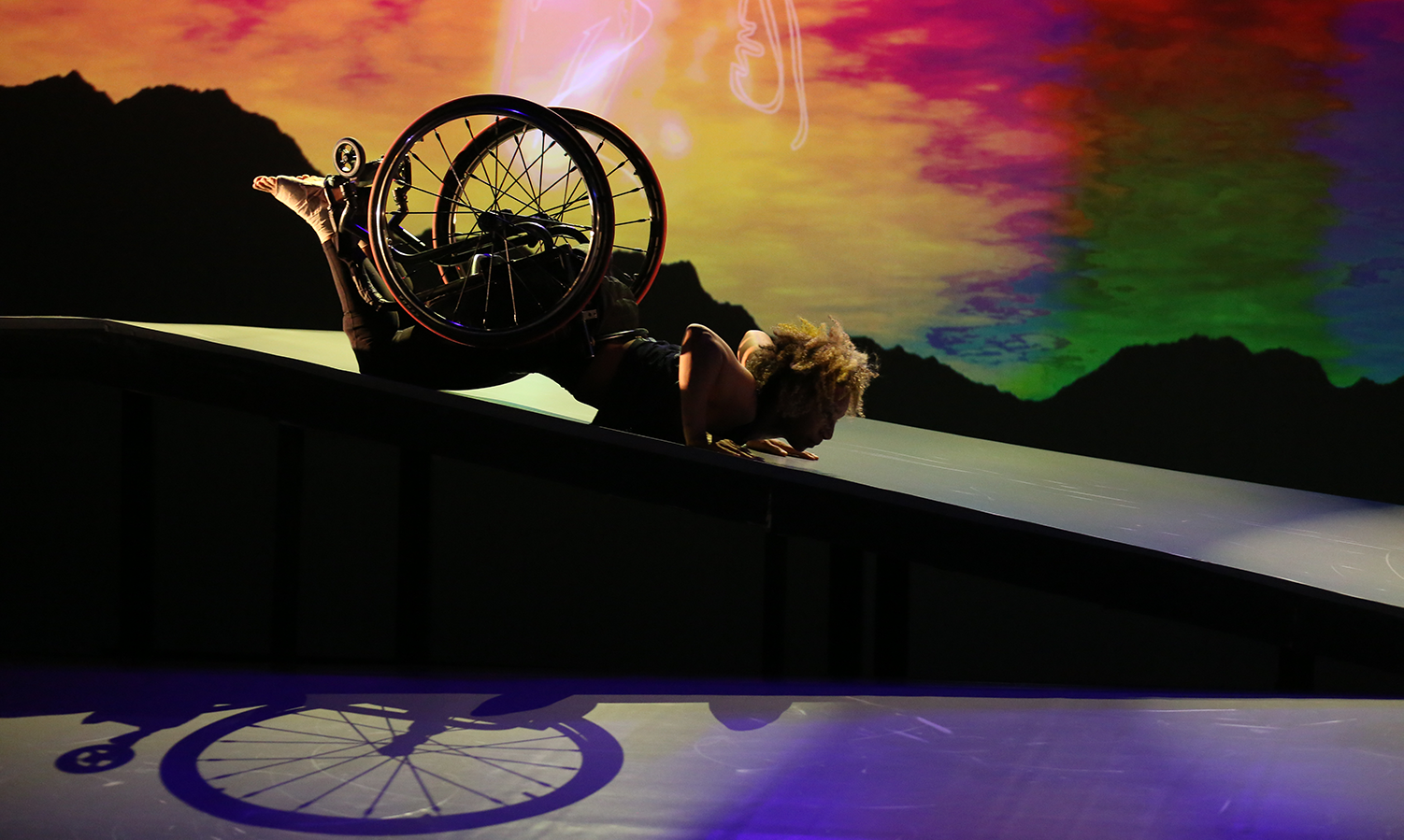
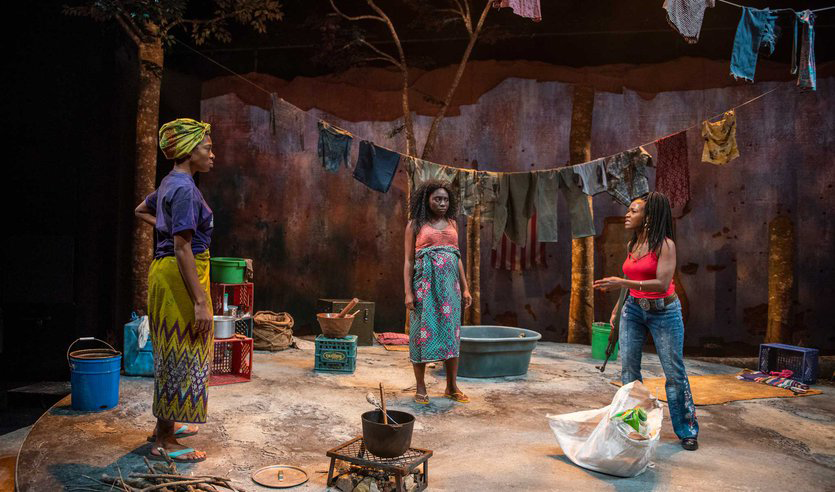
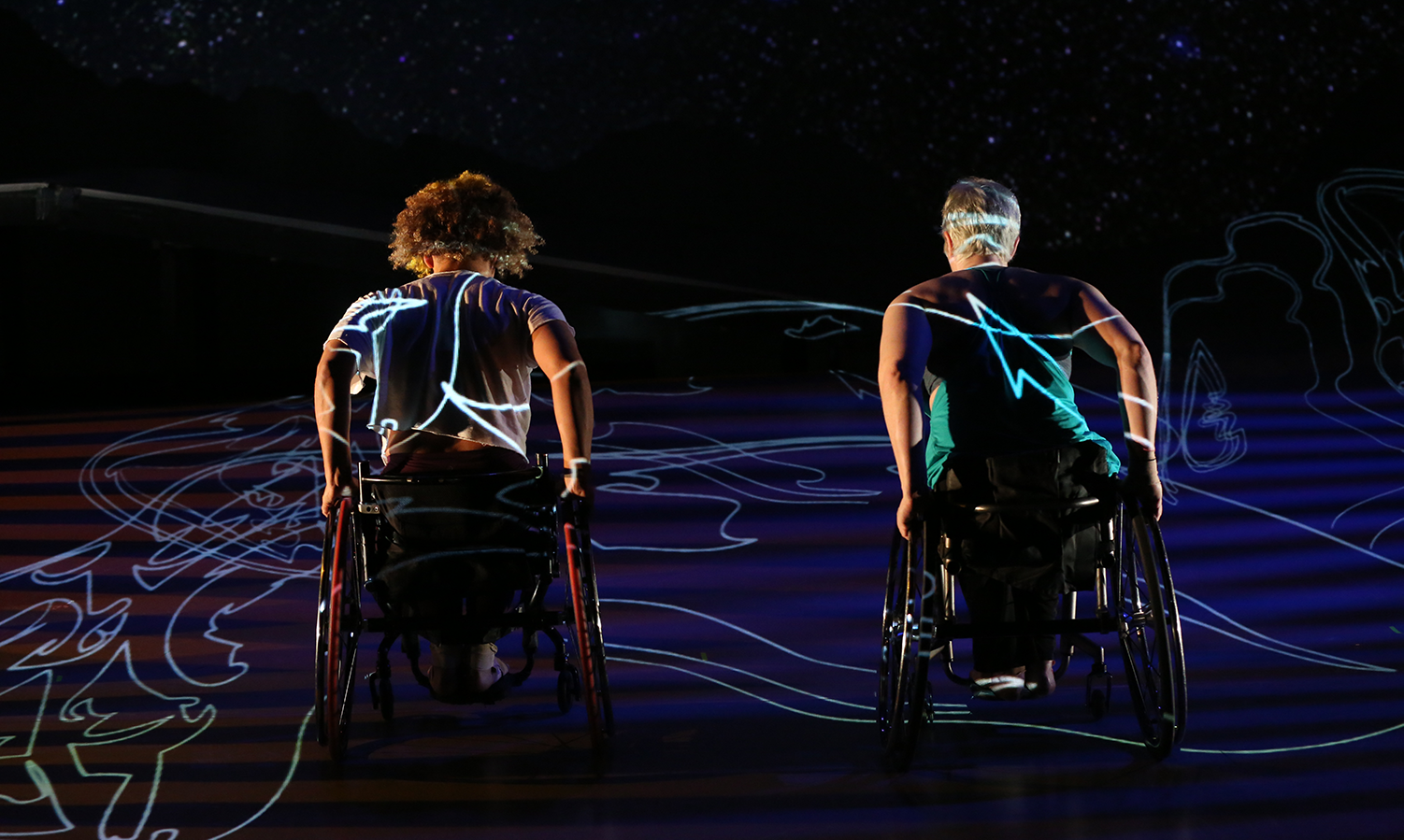
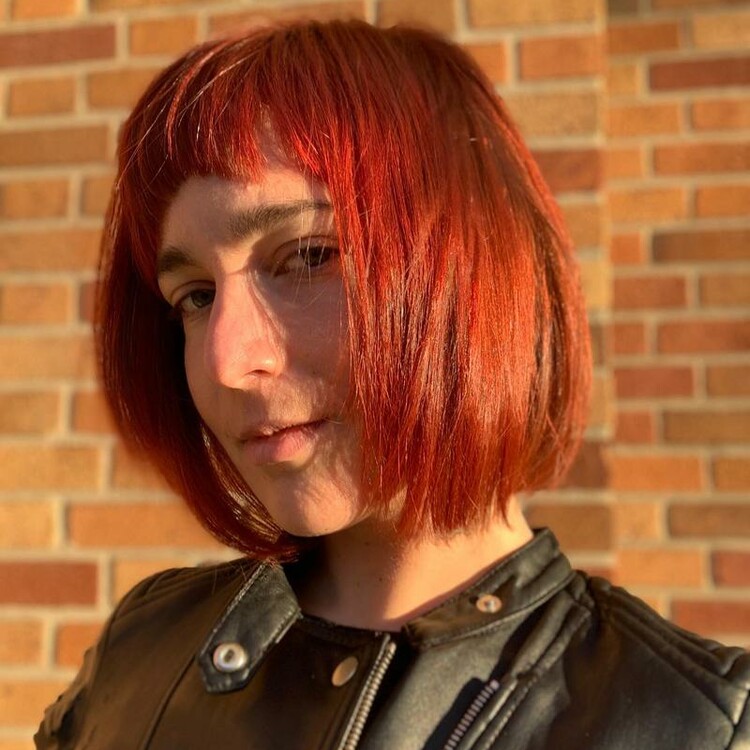

Comments
The article is just the start of the conversation—we want to know what you think about this subject, too! HowlRound is a space for knowledge-sharing, and we welcome spirited, thoughtful, and on-topic dialogue. Find our full comments policy here